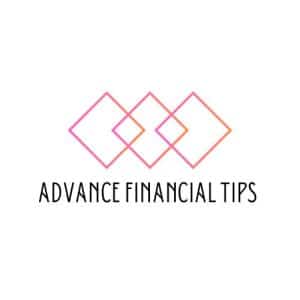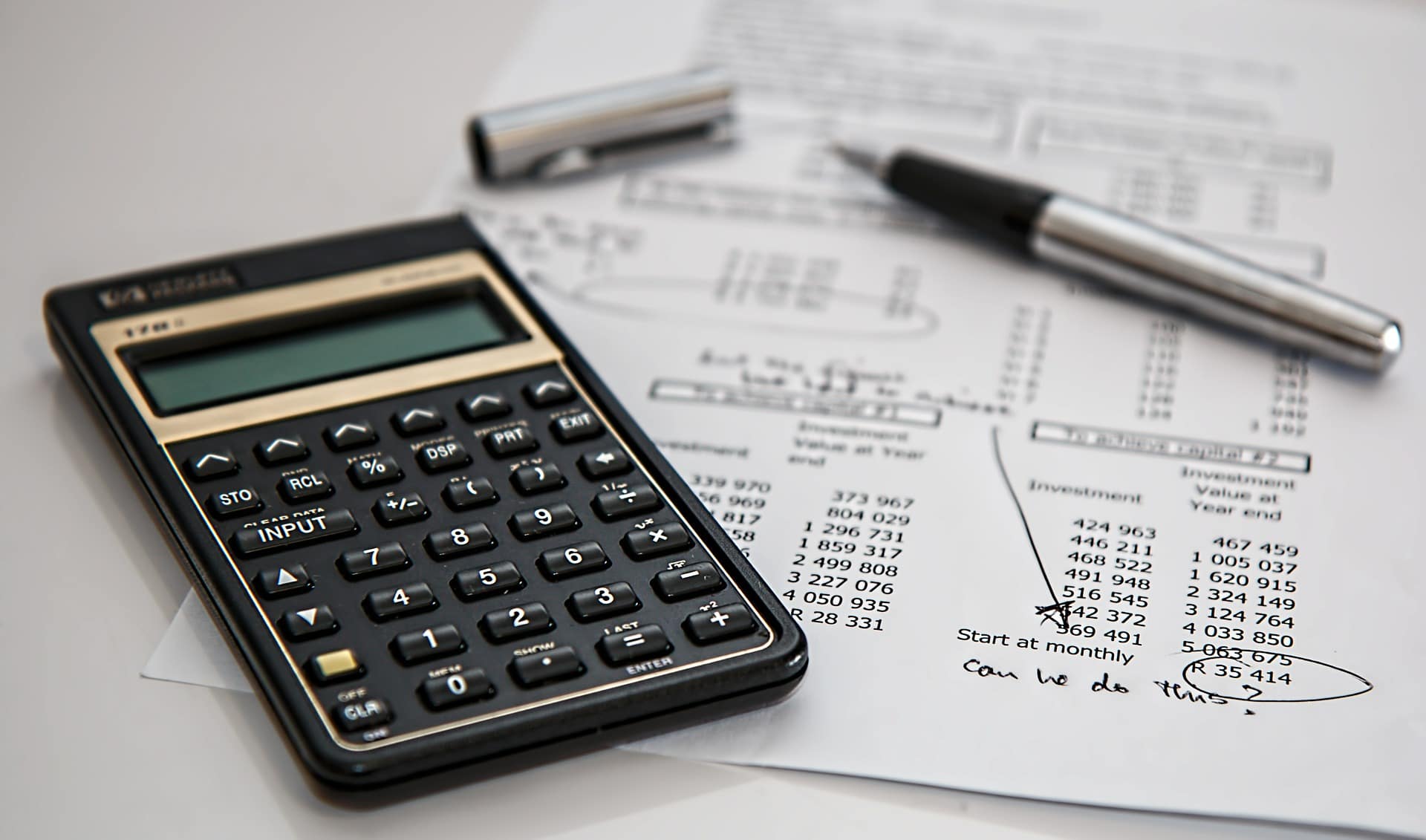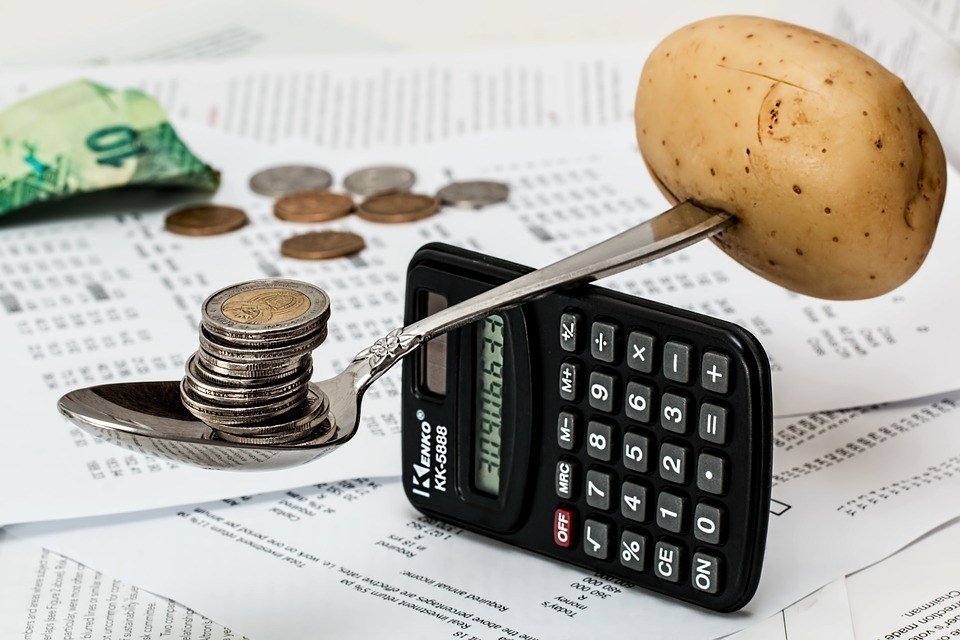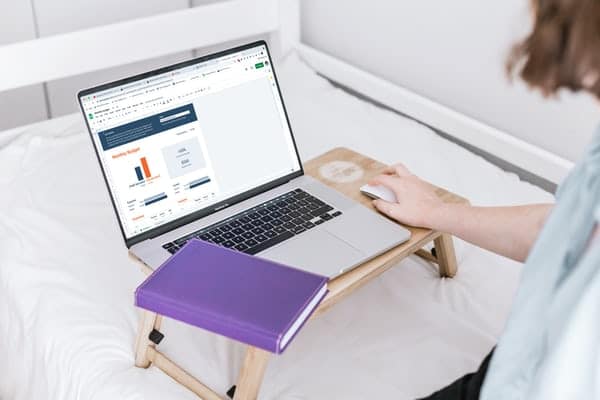Budgeting With Excel: Excel is an incredibly powerful and versatile tool. It’s the go-to program for any spreadsheet lover, and its popularity has only grown with time. There are so many ways to use Excel, it can be difficult to know where to start. For those who don’t know how to budget using excel, this guide will help.
It does not matter if you want to plan your finances for next week or just solve a simple equation: we’ll show you how you can do it all in Excel! This blog post will cover everything from accounting basics and what types of problems Excel can solve, to more advanced topics like creating graphs and different types of charts. Whether you’re new to Excel or a power-user looking for tips on how to optimize your workflow, there is something here for everyone!
Why Budgeting With Excel?
Excel is a very powerful tool. Its key strengths include: * Flexibility: Excel offers a wide variety of options for formatting your content, including color coding and customizable fonts. This means you can create different types of content (such as titles, visuals, infographics), which makes it easier to identify the best copy for each type of media.
* Good organization: If you’re working with multiple projects concurrently, Excel lets you keep track of everything easily. It’s also easy to create formulas that are specific to each project so that you don’t have to deal with errors.
* Easy data entry: In short, Excel allows you to do all the work on your computer instead of having to go back and forth between paper and your computer. You don’t have a deadline; you don’t have deadlines! This means that if something comes up unexpectedly or if you need a break from your project, it doesn’t matter. You can move on immediately!
Problems That Can Be Solved in Budgeting With Excel
Excel’s versatility is what makes it so popular and useful for people across a range of fields. In fact, Excel has been used to evaluate data from a variety of sources, including customer transactions, sales figures, and even bank balance sheets. While many people know Excel as the go-to tool for financial management, it is equally useful in other areas where numbers are needed. And because it can be used to analyze data in a wide variety of ways, you’re sure to find something here that works for you too!
Accounting Basics in Excel
There are so many ways to use Excel that it can be easy to get confused. The first step to using excel is learning the basics. This tutorial will show you what each of the following terms mean and how they differ from each other.
Profit and Loss: A net amount of money or cost paid out at a certain point in time
Expense: A cost paid out over a certain period of time
Excel’s default functions make it easy for you to quickly execute these basic calculations: if you have an estimate of sales for your next quarter, for example, you can just type “calculate” into the cell that represents your company’s income statement. You may also have some expenses on the sheet, like advertising costs, but no capital budget. Use the “Calculate” function in Excel and follow along through this tutorial!
Creating Graphs in Excel
To create a graph in Excel, you first need to define the data that will be used for the graph. Fortunately, Excel has many available data types to choose from—including date, number, and text. There are also formulas that can help you analyze your data in more detail.
Creating Charts In Excel
In this post, we’re going to tackle creating charts in Excel. Charts can be used as simple data visualization tools or to show trends in a spreadsheet. Charts are essentially a visual representation of information organized and presented differently than traditional spreadsheet cells or rows. You can create different types of charts for different tasks.
For example, you could make a chart that shows the sales volume of your business over time; you could also make a chart that plots the number of people who clicked on your ads over time. Excel allows you to filter and sort data using formulas, so you can use formulas to answer questions like: how many people are interested in your product? How many people bought from us last week?
Once you have those answers in mind, it’s easy to create charts to show them! The steps covered here will help you get started with creating advanced charts and make sure that Excel is one of your best tools for managing your finances.
Using Calculations In The Spreadsheet To Solve Equations
– What is an equation? When you enter a formula, it evaluates the value of something. For example, if you want to add two numbers, you type “=A+B” where A and B are two numbers. This will evaluate the sum to be 5. If you want to subtract one number from another, you would use “=A−B”.
Adding Transactions In Microsoft Excel
There are two ways to add transactions in Excel.
The first way is to go into the “Microsoft Office Button” and search for “Insert” then click on “New Sheet.” This will create a new sheet with your budget.
The second way is to open your old spreadsheet, then click on “Insert” then “Excel Data.” This will create a new sheet with your budget.
Once you have created a new sheet and have entered some transactions, you can format it however you want by clicking on the ribbon at the top of your screen.
Now that you have learned these tricks, don’t forget to download our free Excel template for budgets!
Budget Right In Budgeting With Excel
It is now so easy to create a budget thanks to Excel. We now have the ability to import your bank account information and see how much money you have coming in and going out with just a few clicks of the mouse. Here are five must-know tricks for creating the perfect budget in Excel.
1) Make sure you’re including all your expenses
If you’re not including some of your expenses, like store credit cards or other types of credit card payments, you’re only seeing a small part of the picture. It’s important that you include all your expenses on your budget so that everything is accounted for.
2) See what’s costing up front
Once you’ve created your budget, go through each category and check off which expenses are paid before it takes effect (for example, rent is paid before it takes effect). This way you’ll see what’s causing the most pain upfront. Is it bills? Or maybe groceries? If it’s groceries, maybe you need to cut back on them asap!
Conclusion On Budgeting With Excel
Excel is a powerful tool for budgeting and financial management, but it can be intimidating for many first-time users. The following five tips will help you get started and make the most of your Excel budgeting.













[…] Also Read: Budgeting With Excel: The Ultimate Guide […]
When it’s prepared, maintain the brewing
container above the glass pitcher and take away the
rubber stopper.
I’m no longer positive where you are getting your info, however good topic. I needs to spend a while studying much more or understanding more. Thank you for fantastic info I used to be searching for this information for my mission.
Deference to article author, some great selective information.